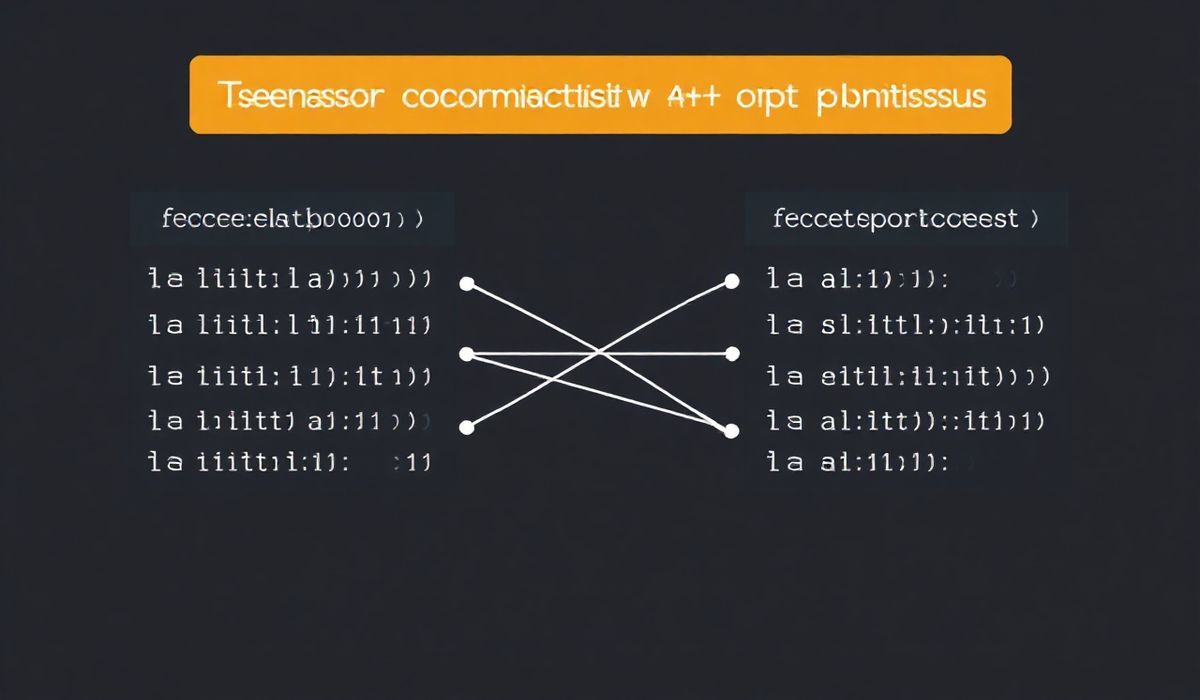Introduction to opt-einsum
opt-einsum is a powerful Python library designed to enhance the performance and efficiency of tensor operations using the Einstein summation convention. It simplifies complex tensor contractions and provides highly optimized paths for such operations. By leveraging advanced algorithms, opt-einsum is a go-to tool for developers and researchers working in machine learning, quantum computing, and numerical simulations.
Getting Started with opt-einsum
First, install the library via pip:
pip install opt-einsum
Import the library to start using it:
import opt_einsum as oe
Key Functionalities and APIs
1. contract: Perform Tensor Contractions
The contract function lies at the heart of opt-einsum. It computes Einstein summation efficiently.
import numpy as np
a = np.random.rand(2, 3)
b = np.random.rand(3, 4)
result = oe.contract('ij,jk->ik', a, b)
print(result)
2. contract_path: Compute the Optimal Contraction Path
Visualize the most efficient path for tensor contraction.
path, info = oe.contract_path('ij,jk->ik', a, b)
print("Optimal path:", path)
print(info)
3. benchmark: Evaluate Performance of Contraction Paths
Run a performance evaluation for different contraction paths.
from opt_einsum import benchmark
benchmark('ij,jk->ik', a, b)
4. Expression: Predefine Reusable Contraction Expressions
Precompute reusable expressions for repeated operations.
expr = oe.contract_expression('ij,jk->ik', a.shape, b.shape)
result = expr(a, b)
print(result)
5. Memory-Limited Contractions
Enable contractions with limited memory using memory_limit.
result = oe.contract('ij,jk->ik', a, b, memory_limit=2**20) # Limit to 1 MB
print(result)
6. Mixing Backend Support
Use backends like numpy, tensorflow, or torch for integration.
import torch
a = torch.randn(2, 3)
b = torch.randn(3, 4)
result = oe.contract('ij,jk->ik', a, b, backend='torch')
print(result)
Implementation Example: Neural Network Weight Update
Let’s put opt-einsum into action by implementing a simple neural network weight update procedure.
# Initialize inputs, weights, and gradients
inputs = np.random.rand(5, 10)
weights = np.random.rand(10, 20)
gradients = np.random.rand(5, 20)
# Forward propagation
activations = oe.contract('ij,jk->ik', inputs, weights)
# Backward propagation
weight_gradients = oe.contract('ij,ik->jk', inputs, gradients)
# Update weights
learning_rate = 0.01
weights -= learning_rate * weight_gradients
print("Updated weights:", weights)
Conclusion
From simple tensor contractions to memory-optimized expressions, opt-einsum accelerates complex mathematical operations crucial for scientific computing and machine learning. Its ability to visualize and implement contraction paths ensures you achieve the best performance for your applications. Start using this versatile library today!




